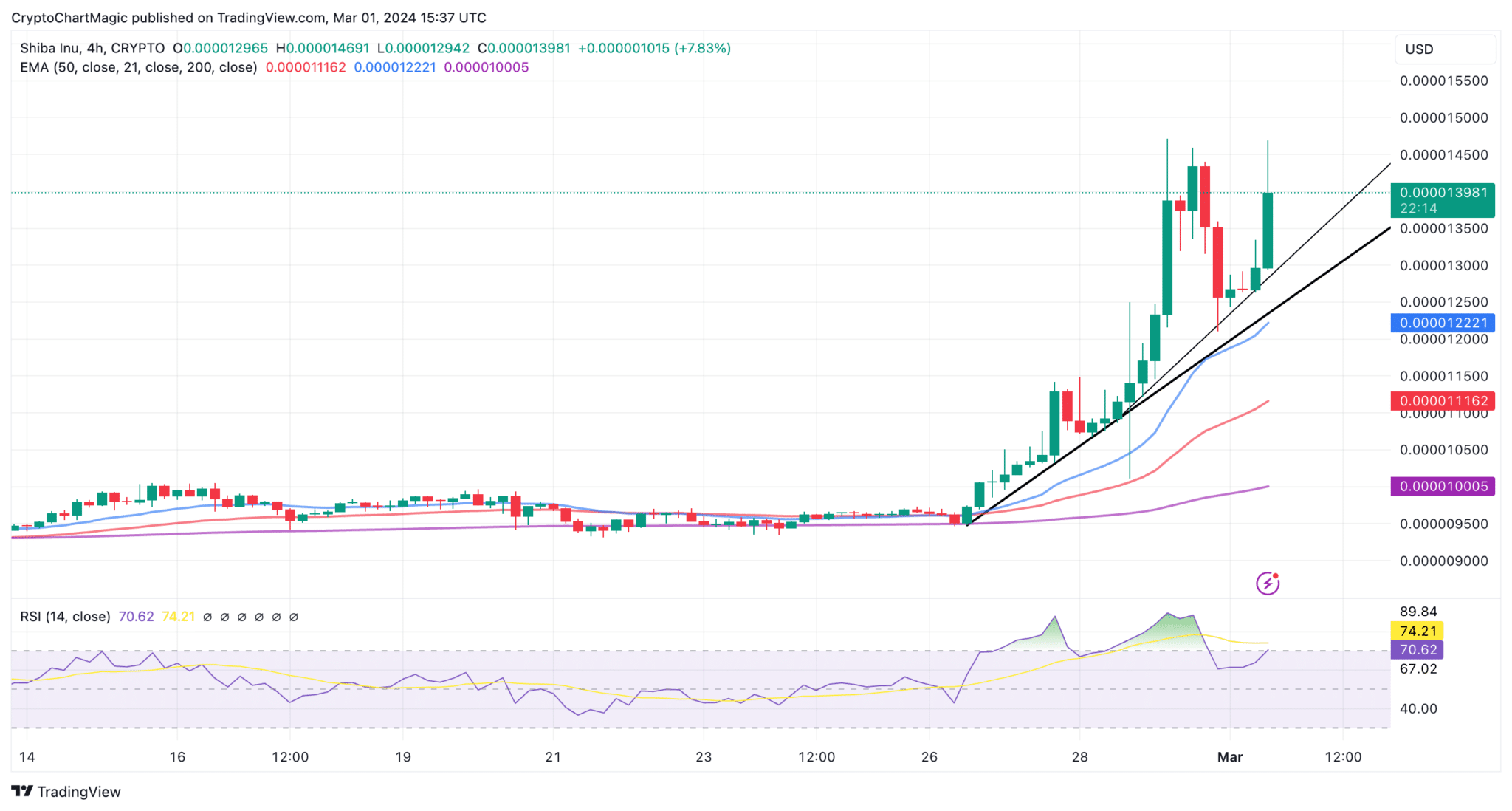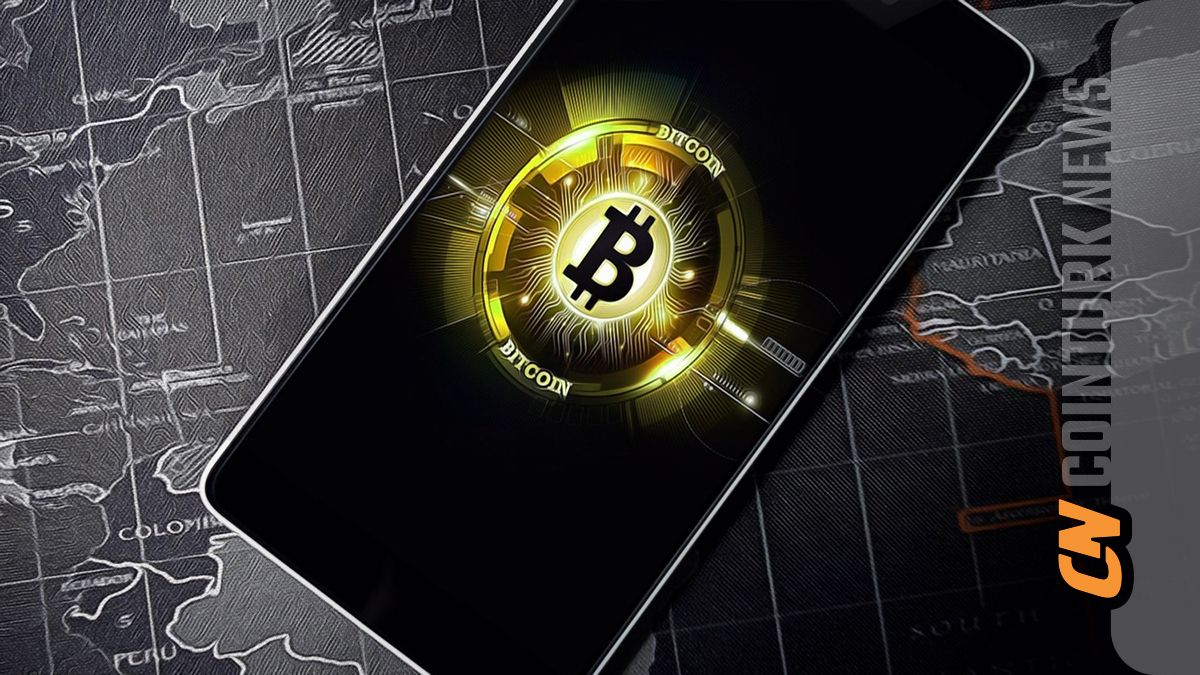The popular meme token Shiba Inu (SHIB) has shown a 50% increase over the past seven days, reaching $0.00001425. This movement marked the largest weekly surge since the beginning of February. Prior to this commendable rise, SHIB had climbed to $0.00001193 in December, fueled by positive sentiment and optimism regarding the approval of Bitcoin ETFs.
Resistance Levels in SHIB
Like many cryptocurrencies in the market, Shiba Inu faced increased uncertainty in January, resulting in a correction below the $0.00001 level. The meme token shifted liquidity to its lowest point in 2024 at $0.0000082, followed by a stable consolidation above $0.000009 before this week’s significant rise to $0.00001467. On Friday, every four-hour candlestick closed below the instant resistance at $0.000014. Investors may be interested in SHIB making a comeback above this level to reconfirm its upward trend.
The neutral but rising Relative Strength Index (RSI) could support the bullish theory. A new entry into the overbought zone could signal a significant price increase, potentially leading to more buy orders from investors speculating that Shiba Inu will surpass $0.000015 this weekend. The Moving Average Convergence Divergence (MACD) indicator could support the positive sentiment, suggesting that SHIB’s rally is not yet exhausted.

Burn Rate in SHIB
A buy signal from the previous week has strengthened the uptrend, pushing investors to continue buying for more visibility or to maintain their current positions. Shiba Inu could also surpass all significant moving averages, including the 20-day Exponential Moving Average (EMA), 50-day EMA, and 200-day EMA. If this position is maintained and the moving averages continue to catch up with the SHIB price, a bullish trend is likely to emerge.
On the other hand, the Shiba Inu burn rate has been erratic this week. It increased by 30,000% in the last 24 hours and then dropped to zero the next day. With the current burn rate down 63%, resulting in 1 million SHIB burned in the last 24 hours, it can be difficult to determine the cause. Up to the present position, 410 trillion tokens have been removed from active circulation, leaving a remaining supply of 581 trillion. Of the total supply of 589 trillion, approximately 7.6 trillion are locked in staking contracts. Burning tokens or removing them from active circulation to an unspendable wallet can change the dynamics of a project.

 Türkçe
Türkçe Español
Español









